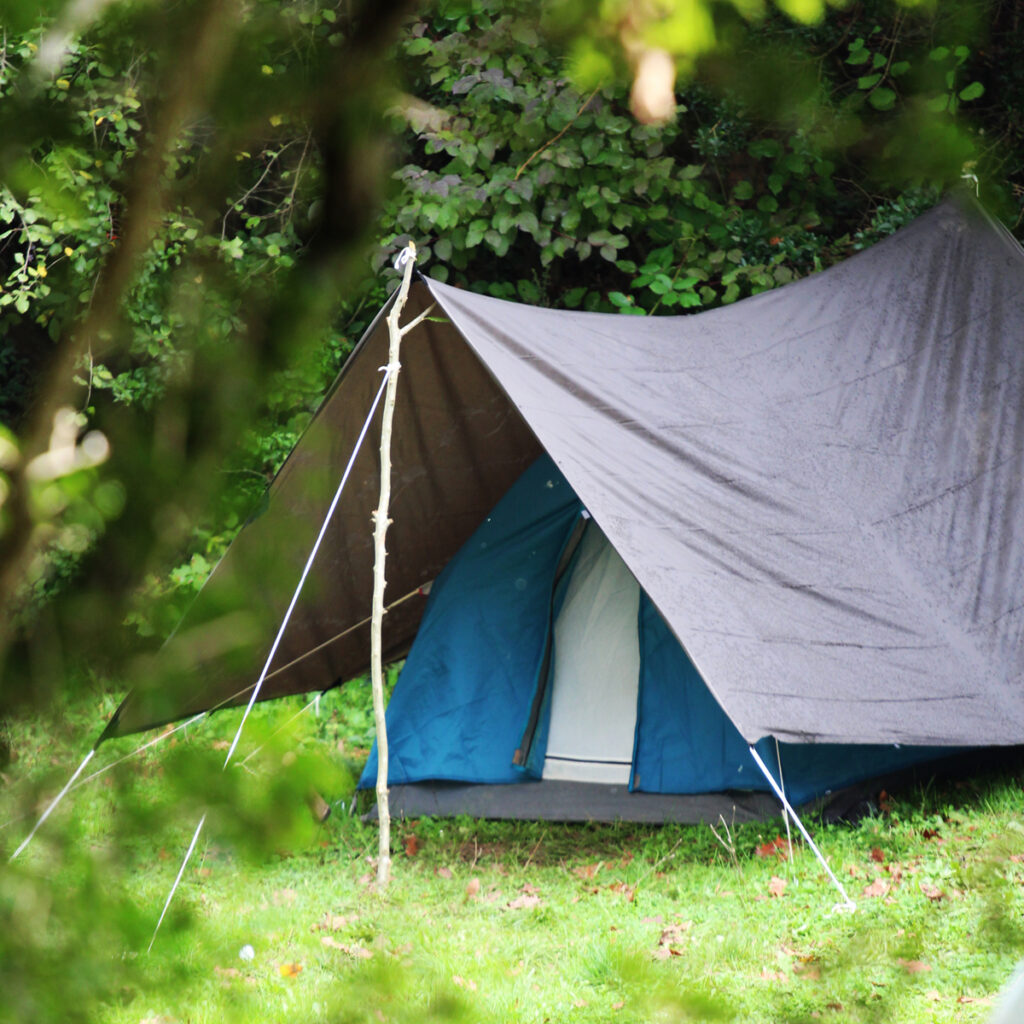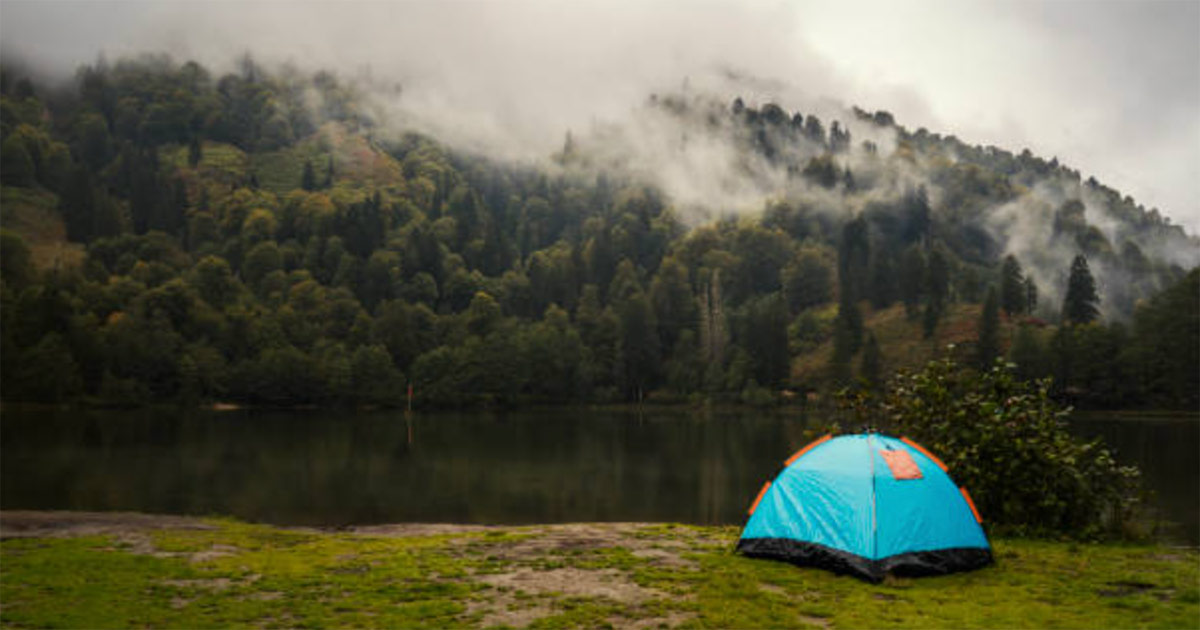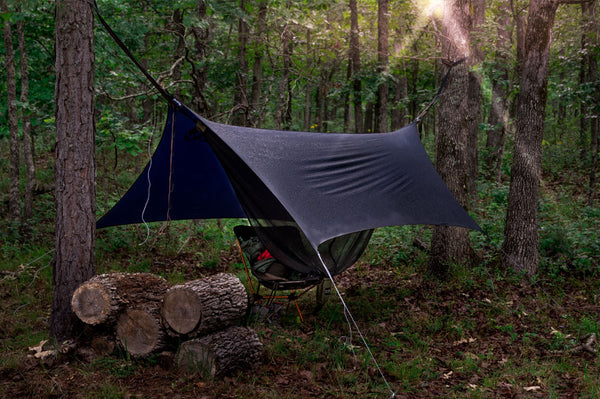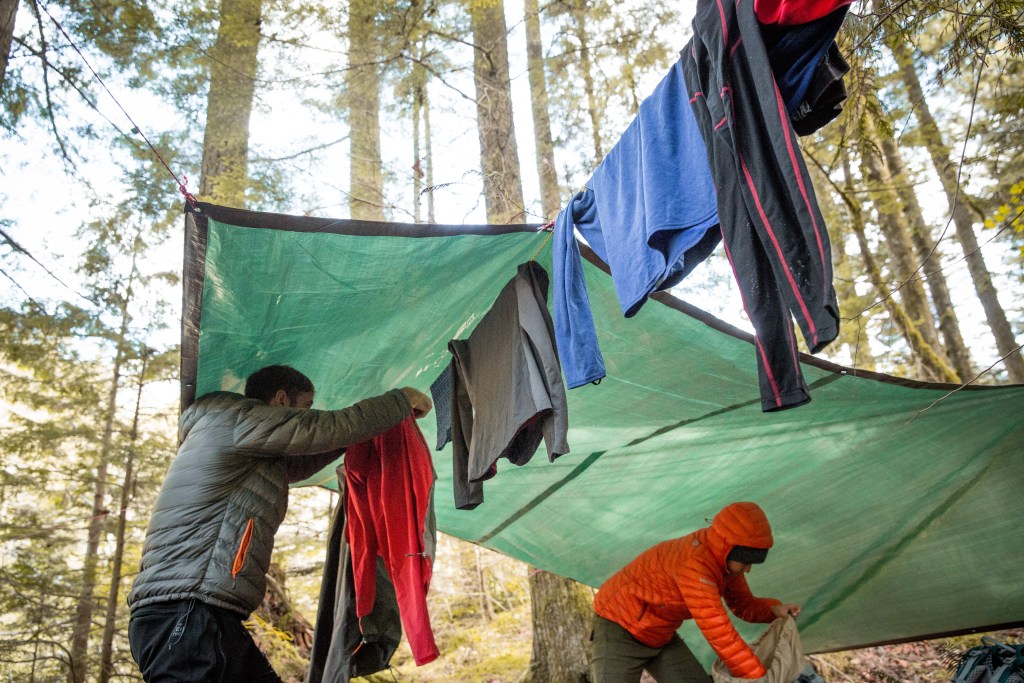Camping in the Rain: Tips and Gear to Keep You Dry and Comfortable

Importance of Proper Gear and Clothing
Choosing the Right Tent
Selecting the appropriate tent is crucial when planning outdoor adventures. A good tent provides shelter from unpredictable weather conditions, ensuring comfort and safety. It should be easy to set up, durable, and provide adequate space for your needs. Consider the seasonality of the tent – three-season tents are ideal for most conditions, while four-season tents are designed for extreme weather. Additionally, look for features such as a waterproof rainfly, ventilation panels, and lightweight materials for easy transport.
Waterproof Clothing and Footwear
Proper clothing and footwear can make or break your outdoor experience. Waterproof clothing, including jackets, pants, and hats, protect against rain and wind, keeping you dry and warm. Opt for breathable materials to prevent overheating during physical activities. Equally important is choosing the right footwear. Waterproof boots or shoes with good traction are essential for navigating wet, slippery terrain. They provide support and stability, reducing the risk of injuries. Don’t forget to invest in moisture-wicking socks to keep your feet dry and comfortable throughout your journey.

Preparing Your Campsite for Rain
Proper Tent Setup
Ensuring your tent is set up correctly can make all the difference during a rainstorm. It’s essential to pitch your tent on higher ground to avoid water pooling around or seeping into the tent. Use a groundsheet for extra protection against moisture from below and ensure the tent is tightly sealed, with rainfly securely fastened. Check that all seams and zipper flaps are closed to prevent any leaks.
Rain Protection for Gear and Equipment
Keeping your gear dry is vital to maintaining functionality and comfort. Store backpacks, cooking supplies, and electronic devices inside waterproof dry bags or containers. Utilize a tarp over communal areas like cooking spaces to shield them from rain while allowing for ventilation. Another useful tip is to elevate gear off the ground using racks or hanging it from tree branches to avoid direct contact with wet surfaces. Remember, preparation is key to enjoying your camping trip, regardless of the weather. Proper setup and rain protection measures ensure a dry and comfortable experience.

Campfire Tips for Wet Conditions
Fire Starters for Damp Wood
When camping in wet conditions, starting a fire can be quite challenging. Having reliable fire starters is crucial. Consider bringing waterproof matches or a quality lighter. Additionally, carrying some fire-starting aids like dryer lint, cotton balls soaked in petroleum jelly, or commercial fire-starting sticks can make a significant difference. These items are easy to ignite and can help get a fire going even with damp wood.
Collecting dry wood and kindling protected from rain is also essential. Look for wood under sheltering trees or logs and strip away wet bark to access dry inner layers. Patience and persistence will pay off in these situations.

Staying Comfortable in the Rain
Sleeping Gear
To stay comfortable while sleeping in the rain, choosing the right gear is essential. Opt for a high-quality, waterproof tent that has a reliable rainfly. Additionally, using a footprint under your tent helps prevent moisture from
Campfire Tips for Wet Conditions
Fire Starters for Damp Wood
When camping in wet conditions, starting a fire can be quite challenging. Having reliable fire starters is crucial. Consider bringing waterproof matches or a quality lighter. Additionally, carrying some fire-starting aids like dryer lint, cotton balls soaked in petroleum jelly, or commercial fire-starting sticks can make a significant difference. These items are easy to ignite and can help get a fire going even with damp wood.
Collecting dry wood and kindling protected from rain is also essential. Look for wood under sheltering trees or logs and strip away wet bark to access dry inner layers. Patience and persistence will pay off in these situations.
Cooking in the Rain
Cooking in the rain requires some innovative solutions to keep both the cook and the food dry. Utilizing a tarp or portable canopy over your cooking area can provide the necessary shelter. Ensure the tarp is set up in a manner that allows smoke to escape while keeping the rain out.
Additionally, using a camp stove rather than an open fire can be more effective in wet conditions, as it ensures a consistent heat source. Prepare for rain by planning simple, easy-to-cook meals that don’t require extensive preparation. This preparation will ensure meals are ready swiftly and with minimal hassle.
Safety Measures
Staying safe:in wet conditions requires extra caution. Wet surfaces can become slippery, increasing the risk of slips and falls. Wear appropriate footwear with good grip and ensure your campsite is as dry as possible.
Keep dry:and stay warm by layering your clothes and investing in waterproof gear. Always have a first-aid kit on hand to attend to any emergencies. Preparing for the unexpected weather can ensure your camping trip remains enjoyable and safe.

Safety Precautions During Wet Weather
Lightning Safety
When camping in wet conditions, it’s crucial to consider lightning safety. If a thunderstorm is approaching, avoid open fields, hilltops, isolated trees, and bodies of water. Instead, seek shelter in a dense forest or inside a low-lying area. If no shelter is available, crouch down with your feet together, minimizing ground contact.
Emergency Preparedness
Preparing for emergencies is a key part of camping in the rain. Always inform someone about your camping location and expected return time. Bring a fully charged mobile phone or a satellite phone for areas with no cellular coverage. Include emergency items like an extra set of dry clothes, thermal blankets, and waterproof bags to keep essential gear dry. A whistle can also be useful for signaling in case of trouble. Ensure you have a detailed map of the area and understand the nearest evacuation points.
By taking these safety measures, campers can handle unexpected weather conditions effectively, ensuring their trip remains enjoyable and safe.

Alternative Activities for Rainy Days
Hiking Tips
When rain interrupts camping plans, there are still plenty of productive activities to consider. Hiking, for example, can be enjoyable even in wet conditions if proper precautions are taken. Ensure wearing waterproof clothing, including a rain jacket and waterproof boots, to stay dry and comfortable. Use trekking poles to maintain stability on slippery trails. Mapping out a shorter, safer route can offer a fulfilling experience without the risk of getting lost or overly tired.
Nature Observation
Another great activity during rainy days is nature observation. Many wildlife species are more active in wet weather, providing unique opportunities to spot them. Bring along binoculars and a waterproof notebook to record observations. A visit to a nearby bird hide, even in rain, can offer fantastic bird watching experiences. Additionally, exploring the local flora and fauna can be enlightening, as rain brings out many critters and plants not visible in dry conditions. Ensure that all recorded information is stored in waterproof sleeves or containers to keep valuable data safe and dry.